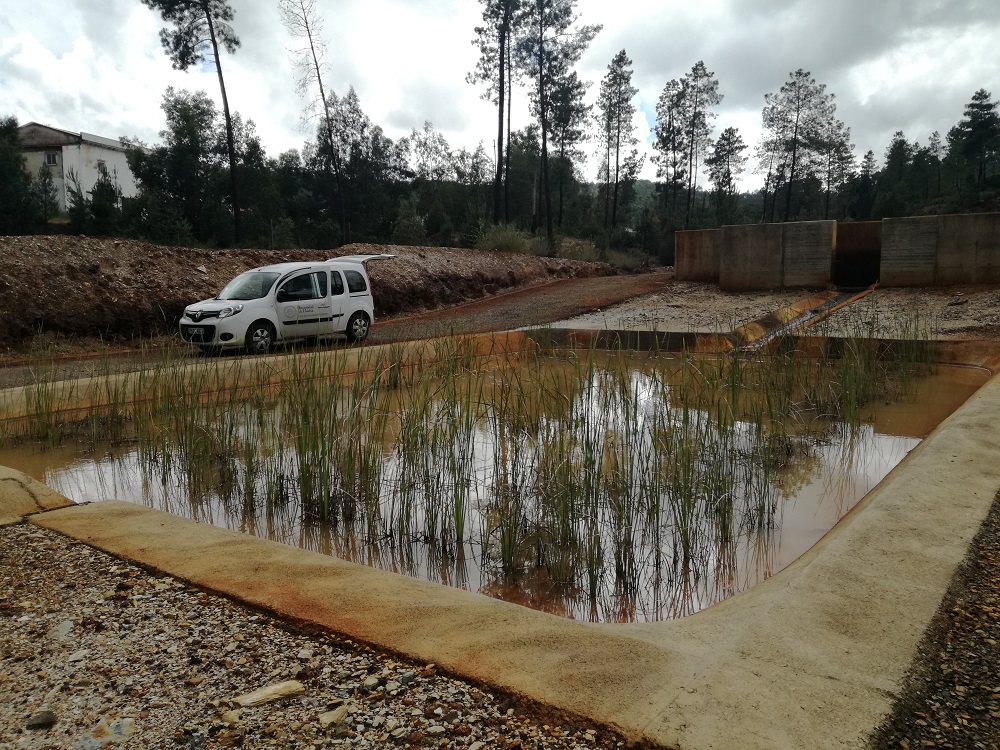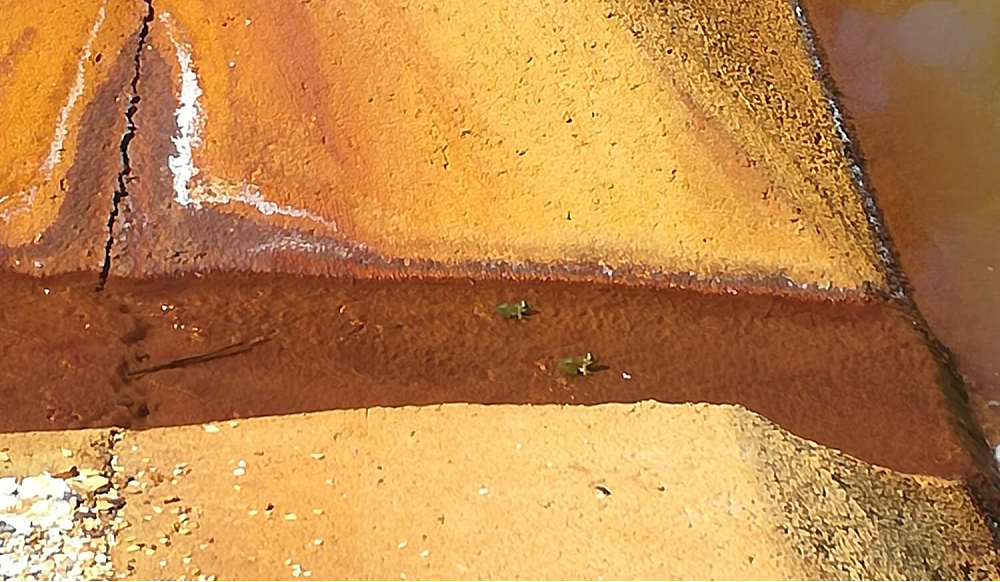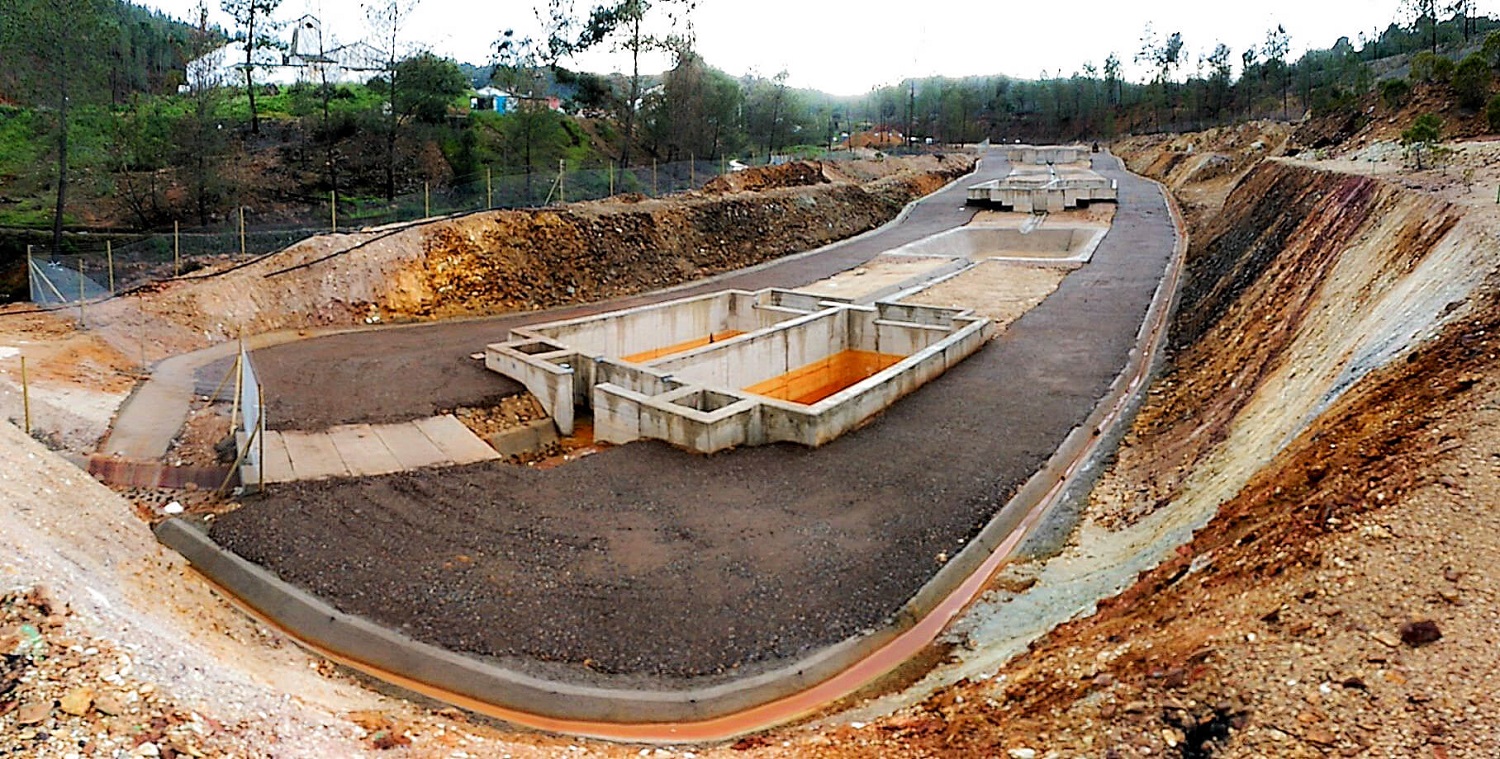Abandoned mining activity generates waste in slag heaps and sludge deposits that, over time, become a leading source of contamination in surface and groundwater. This is occurring, for example, in the Odiel river basin in Huelva.
To solve this problem, Sacyr, the Universidad de Huelva, and Andalusia’s Regional Water and Environment Agency joined forces four years ago in the LIFE-ETAD project, 50% of which is funded by the European Commission through Life +.
Initial efforts focused on the Mina Esperanza treatment plant (TAAM project) in order to subsequently create the Mina Concepción treatment plant (as part of the LIFE-ETAD project) with new developments to improve the treatment processes and the quality of the water exiting the process.
This technology has proven to resolve the serious problem of environmental contamination at more than 30 critical points in the mining area.

Focus of public procurement interest in Andalusia
Due to the unique features of these highly polluted rivers, the National Hydrologic Plan postponed—until 2027—the targets of the EU Water Framework Directive (2000/60/EC), which specified 2015 as the deadline for attaining good ecological and chemical levels in European waters.
Mining activity, especially where pyrite is concerned, creates environmental liabilities that, when abandoned by mining companies, generate acidic runoff with a high concentration of heavy metals that degrade the water quality, so there is virtually no aquatic life in these waters.
The Odiel and Tinto rivers are considered extreme cases of this kind of contamination. More than one-third of the watershed is polluted and occasionally this pollution reaches the Gulf of Cadiz and even the Mediterranean.
“When it rains, the water filters through the materials that were once used in mining activity (abandoned mines, dumps, etc.); the metals dissolve and the water becomes acidic,” explains Francisco Javier Mateos, Project Manager for the Innovation and Knowledge area of Sacyr Construction’s R+D department. “With LIFE-ETAD, we’ve found an inexpensive technology with little maintenance and zero energy consumption that could become the focus of innovative public procurement in Andalusia,” he continues.

How DAS technology works
Acidic water from the Mina Concepción is channeled to a pre-treatment reservoir where it stagnates and oxidizes. Iron oxidation is critical for the operation of the plant.
It subsequently passes through three sets of reactor tanks and a settling basin at the outlet of each one. These reactors are filled with what is called Dispersed Alkaline Substrate (DAS).
DAS is a mixture of wood ash and an alkaline reagent, such as calcite, magnesium oxide, or barium carbonate (witherite). As the water passes through the different reactors, its pH rises, causing the precipitation of divalent and trivalent heavy metals into the reactors themselves and the settling basins situated at the outlet of each. Finally, in the last reactor tank, the sulfates are eliminated, leaving the water exiting the plant suitable for irrigation.
In recent tests, the Mina Concepción plant treated 6,860 m3 of acidic water, during which sulfate retention was 69% on average.
“Testing has confirmed that DAS technology can be used on a large scale to passively eliminate acidity and heavy-metal/sulfate retention,” explain José Miguel Nieto and Francisco Macías, project researchers at the Universidad de Huelva, who carried out the technological process of decontaminating the water.
